NASA Johnson Day of Remembrance 2024
In honor of the members of the NASA family who lost their lives while furthering the cause of exploration and discovery for the benefit of all, Johnson Space Center hosted its annual Day of Remembrance on January 25, 2024, in the Astronaut Tree Grove. Traditionally held on the fourth Thursday in January each year, NASA Day of Remembrance commemorates the crews of Apollo 1 and space shuttles Challenger and Columbia.
“These tragedies changed NASA. Therefore, on this day, we take an intentional moment to reflect,” said Johnson Center Director Vanessa Wyche. “Our culture of excellence and our constant attention to safety that the agency models today have been developed through the hard lessons learned from these accidents.”
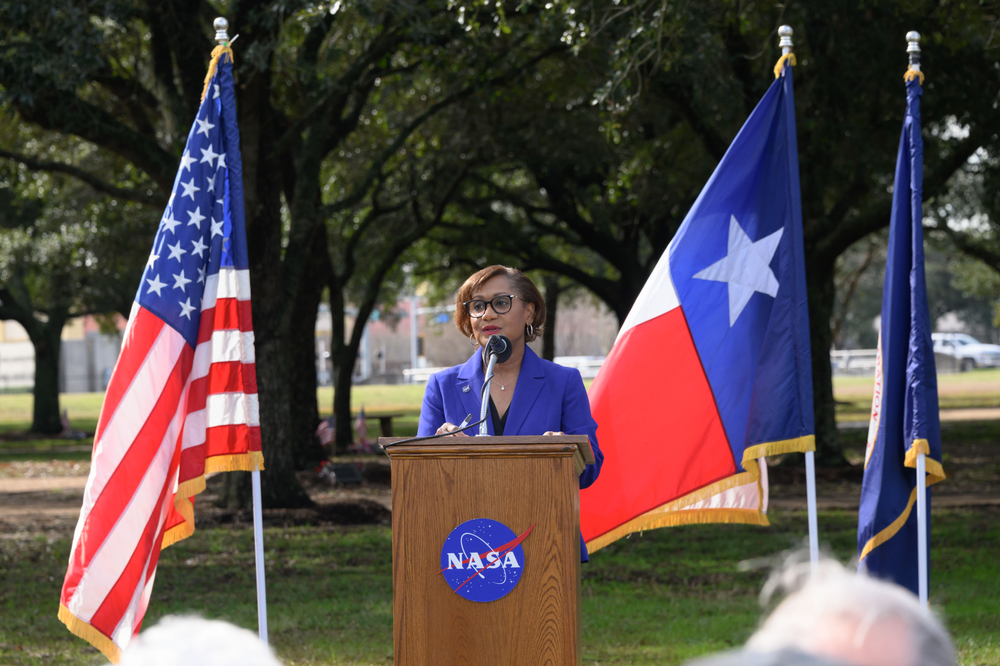
NASA Day of Remembrance commemorates not only the men and women lost in the agency’s space exploration program and their courage, but also celebrates human space exploration since then. These tragic events have had a lasting impact on NASA's approach to safety and have led to significant changes in spaceflight procedures and engineering.
Astronaut families and the Johnson leadership team placed roses at each crew members’ memorial tree, acknowledging their achievements and participation in human spaceflight.
Johnson employees also observed a moment of silence in memory of the Apollo 1, Challenger, and Columbia crews, astronauts who lost their lives while working for the agency but not during spaceflight, and astronauts who passed in 2023— Walter Cunningham, Bo Bobko, Thomas “TK” Mattingly, Frank Borman, Samuel Durrance, and Mary Cleave. A NASA T-38 flyover and taps performed by the Texas A&M Squadron 17 followed the silence.
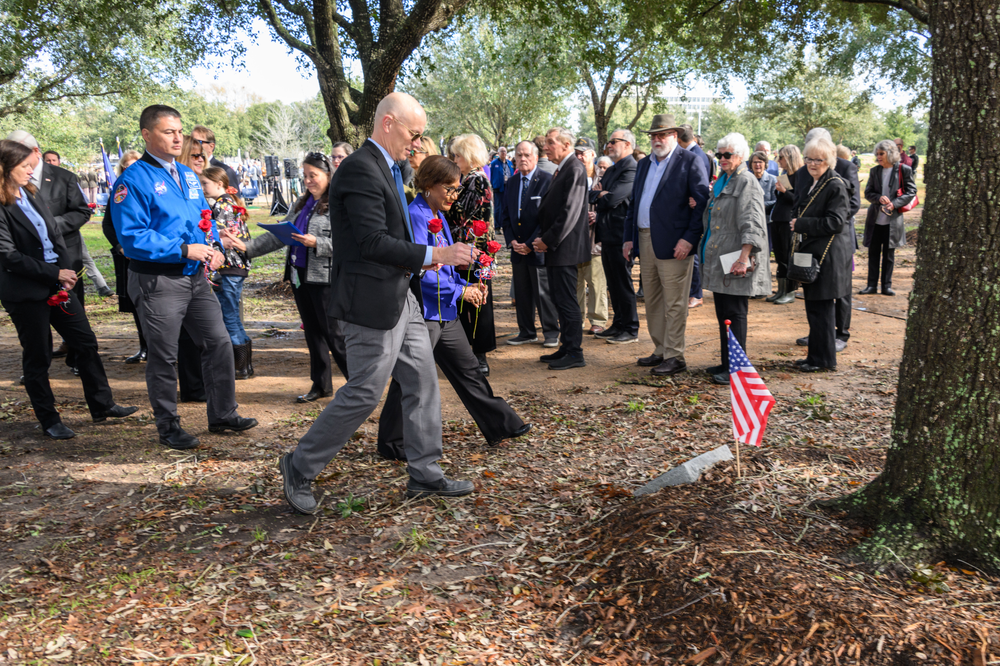
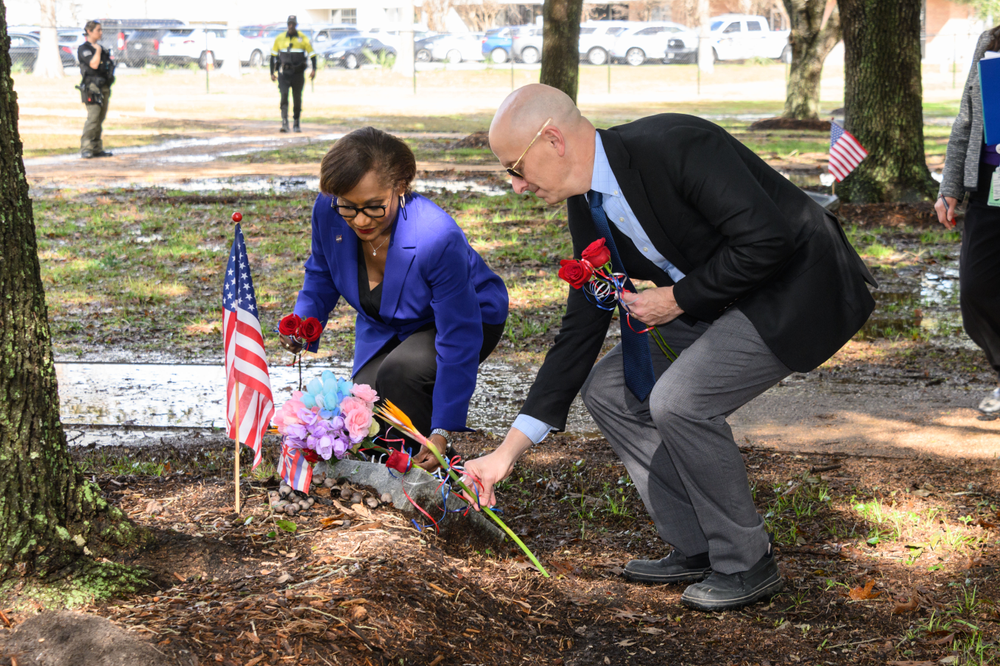
Johnson Director Vanessa Wyche and Deputy Director Stephen Koerner pay tribute to the heroes who lost their lives in pursuit of space exploration on NASA Day of Remembrance 2024. Credit: NASA/David DeHoyos
After NASA’s Day of Remembrance, a tree dedication ceremony paid tribute to the life of NASA astronaut Karol "Bo" Bobko. Wyche expressed gratitude for Bo’s service to our nation and dedication to advancing human space exploration. “To quote Bo, ‘The sky is not the limit. You can do what you want, whatever you want.’ His contributions, accomplished legacy, and lasting message will continue to serve as an inspiration to us all,” said Wyche.
A pioneering shuttle astronaut and retired U.S. Air Force colonel, Bobko’s early days at NASA were spent developing the space shuttle and a modular space station, the predecessor of the International Space Station. He was the only astronaut to have flown on the maiden flights of two space shuttles as pilot for STS-6, the inaugural flight of Challenger, and as commander of STS-51J, the first flight of shuttle Atlantis. Bobko was inducted into the Astronaut Hall of Fame in 2011 and received several medals for his contributions to human spaceflight.
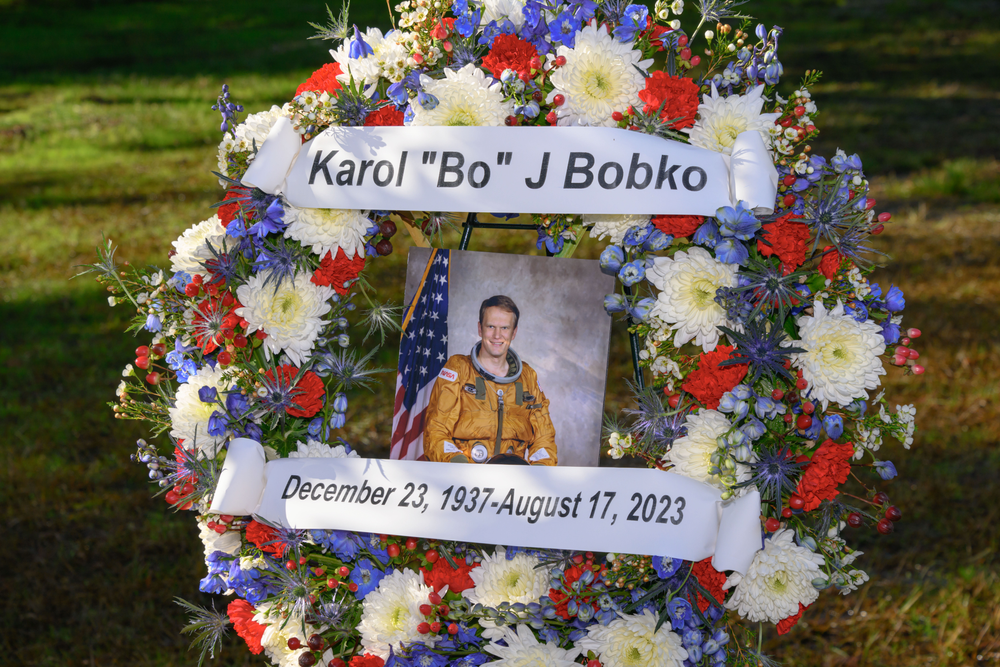
***
Remembering Apollo 1
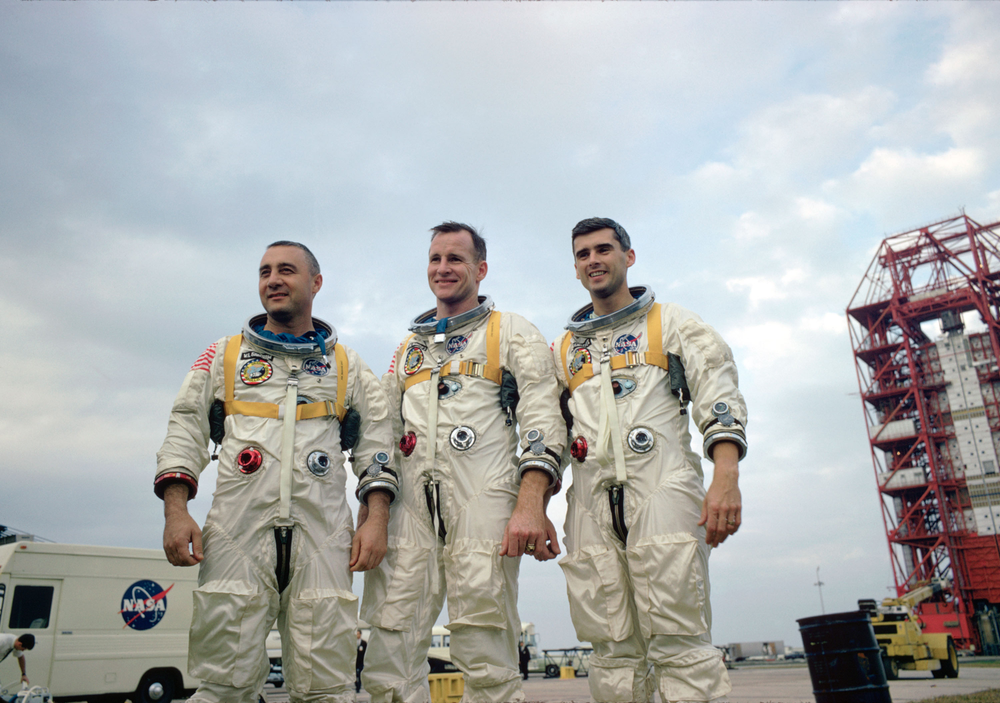
On January 27, 1967, veteran astronaut Gus Grissom, first American spacewalker Ed White, and rookie Roger Chaffee were sitting atop the launch pad for a pre-launch test when a fire broke out in their Apollo capsule.
The tragedy led to major design and engineering changes, making the Apollo spacecraft safer for future journeys to the Moon.
Remembering Challenger
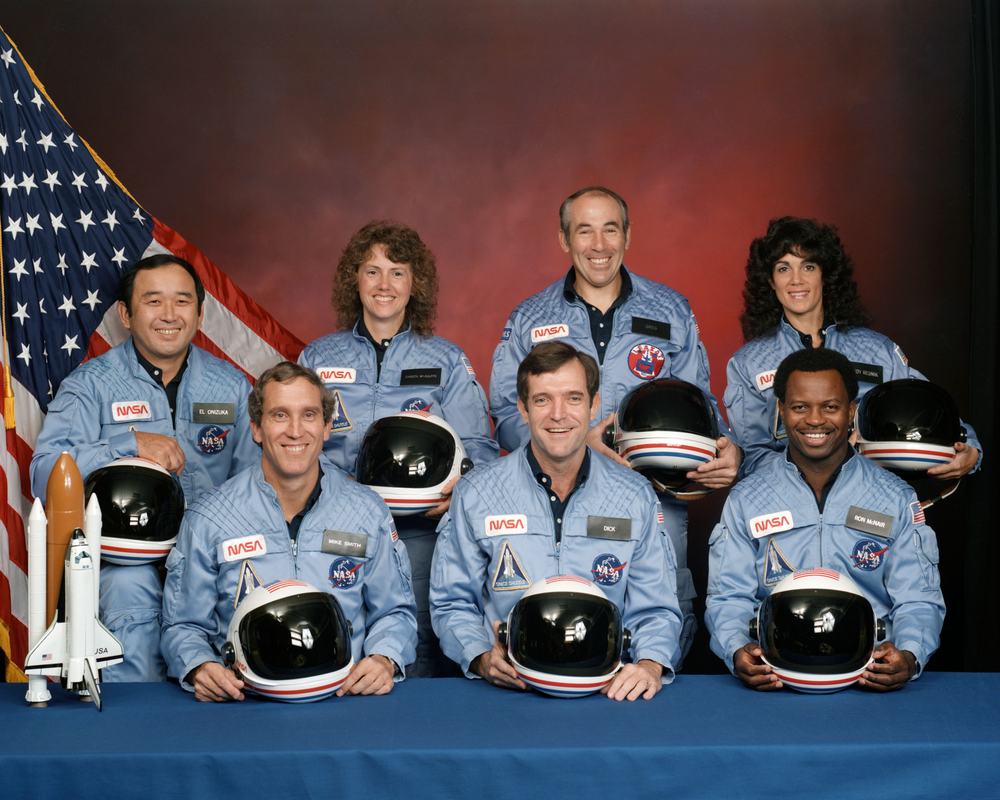
Just 73 seconds after launch on the morning of January 28, 1986, a booster engine failed and caused the shuttle Challenger to break apart, taking the lives of all seven crew members.
Remembering Columbia
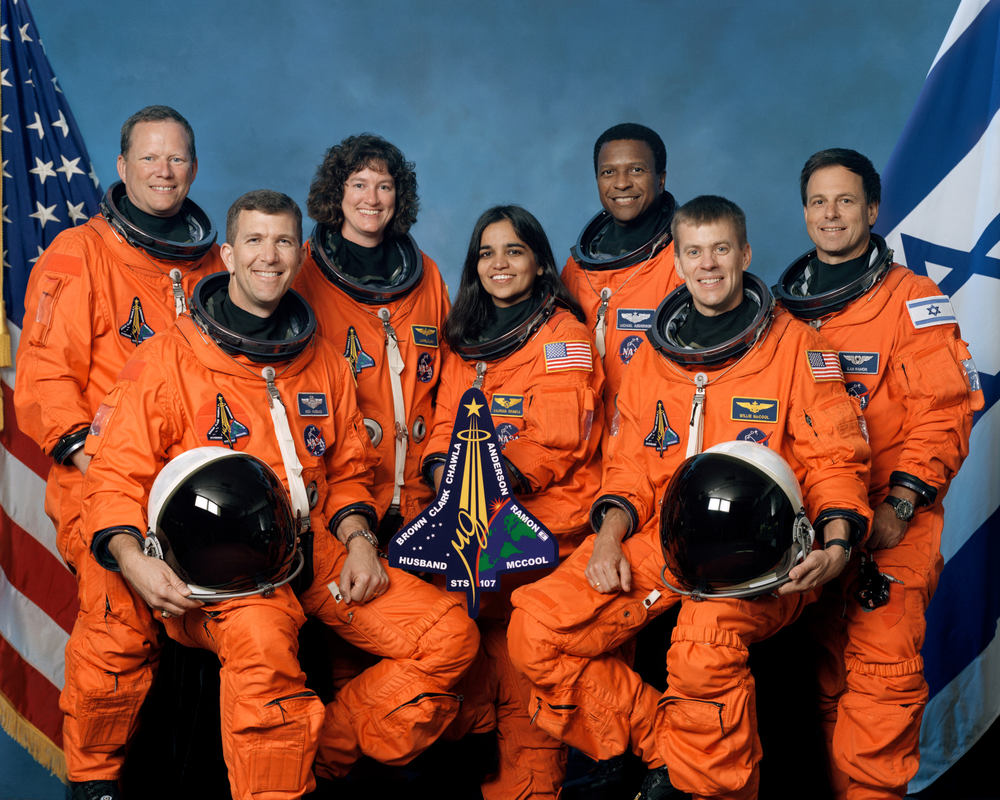
The seven-member crew of the STS-107 mission was just 16 minutes from landing on the morning of February 1, 2003, when Mission Control lost contact with the shuttle Columbia. A piece of foam, falling from the external tank during launch, had opened a hole in one of the shuttle's wings, leading to the breakup of the orbiter upon re-entry.
After the Columbia tragedy, the agency redesigned the shuttle's external tank and focused on safety as the main priority.
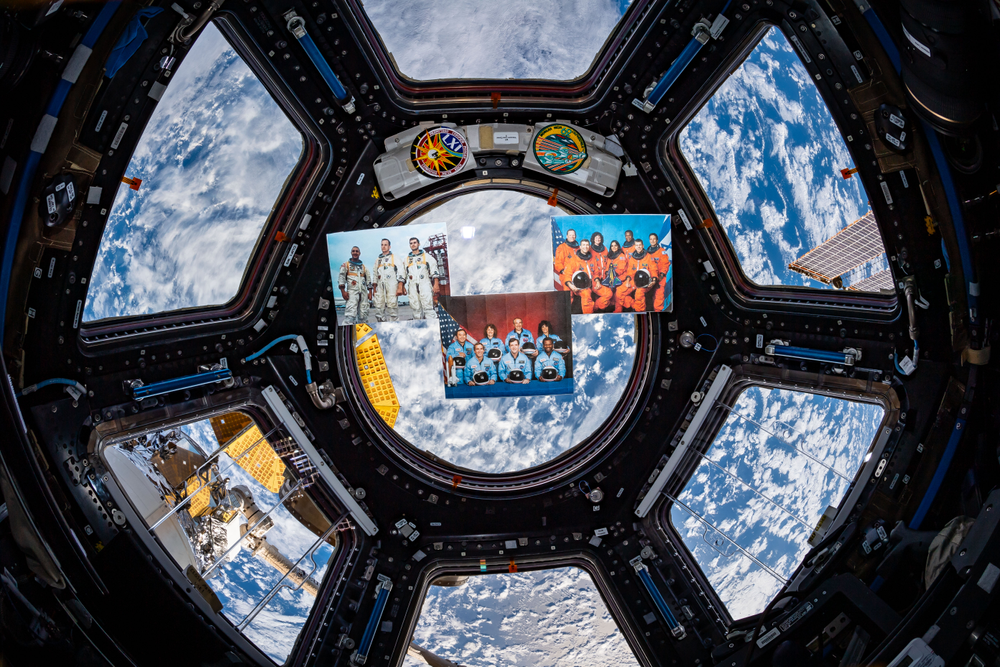
Credit: NASA/Drew Morgan
***
Photos from this year’s ceremony are on Imagery Online.
Watch a special Day of Remembrance 2024 message from NASA Administrator Bill Nelson below.







